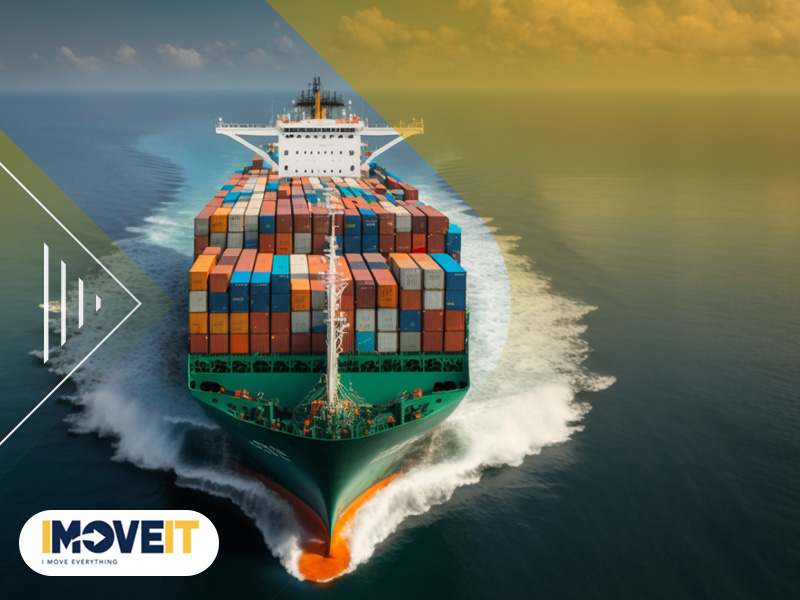
Exploring the Factors Influencing: What Are Ocean Freight Rates
As businesses strive to find the most efficient and cost-effective ways to transport goods across borders, understanding “What Are Ocean Freight Rates” is crucial. Whether you are a business owner, importer, or exporter, comprehending how these rates are determined can help you make informed decisions and optimize your supply chain.
Read this article to understand the key factors influencing ocean freight rates, empowering you to navigate the complexities of the shipping industry with confidence.
Exploring the Factors Influencing ‘What Are Ocean Freight Rates?
The rates for ocean freight are determined by various factors, including:
Distance and Route
The distance between the ports of origin and destination affects the freight rates. Longer distances generally entail higher costs. Additionally, the trade routes taken, such as major shipping lanes or specific trade agreements, can impact rates.
Container Type
The type and size of containers used for shipping affect the rates. Container type significantly influences ocean freight rates. Opting for standard containers, like 20-foot or 40-foot, involves specific rates based on market demand.
Versatile for various cargo, they’re widely used. Specialized containers, such as reefers for perishables or oversized containers, have distinct rates due to unique features. Reefers, with temperature control, incur higher costs. Oversized containers command higher rates for specialized handling.
Cargo Volume and Weight
The volume and weight of the cargo being shipped influence the rates. A high cargo volume may occupy more space on a vessel, impacting its overall capacity and subsequently affecting pricing. Similarly, heavier shipments incur higher handling and fuel costs.
Freight Classification
Freight classification is an essential aspect influencing ocean freight rates, particularly for different types of cargo. Specific classifications are assigned to goods based on their nature, such as hazardous materials or perishable goods. These classifications often incur additional charges due to the required specialized handling and safety measures.
Seasonal Demand
Market demand and supply fluctuations can impact ocean freight rates. During peak seasons, such as the holiday season or specific industry-related events, rates may rise due to increased demand for shipping services.
Fuel Costs
Fuel costs are vital in calculating ocean freight rates, substantially impacting the overall pricing structure. Since maritime vessels rely heavily on fuel to navigate vast distances across the world’s oceans, any fluctuations in oil prices can significantly influence the rates charged for shipping goods. As fuel costs rise or fall, it directly affect the operational expenses of shipping lines and carriers, prompting adjustments in freight rates to maintain profitability.
In conclusion, understanding the answer to the question “What are ocean freight rates influencing factors?” is vital for optimizing shipping decisions. These factors include fuel costs, container types, and freight classifications.
Visit imoveit today to access a comprehensive list of trusted providers and make informed choices for your international shipping needs. Streamline your logistics with our user-friendly platform and embark on seamless global trade.




